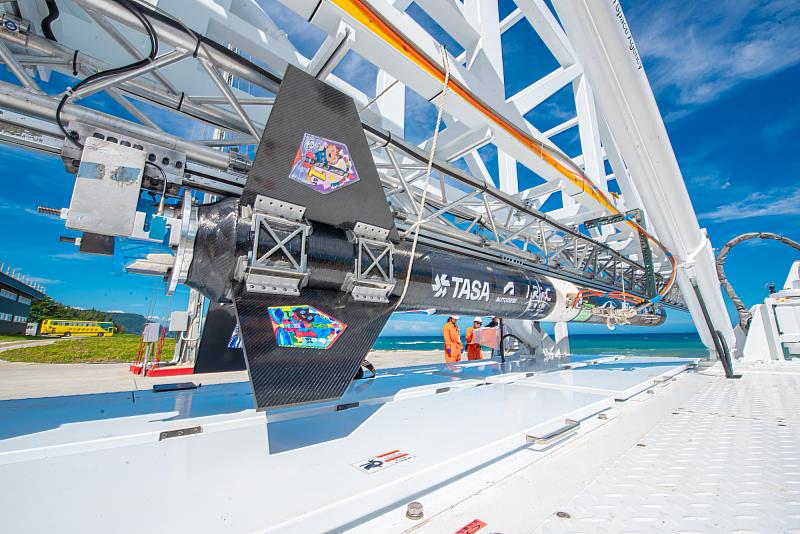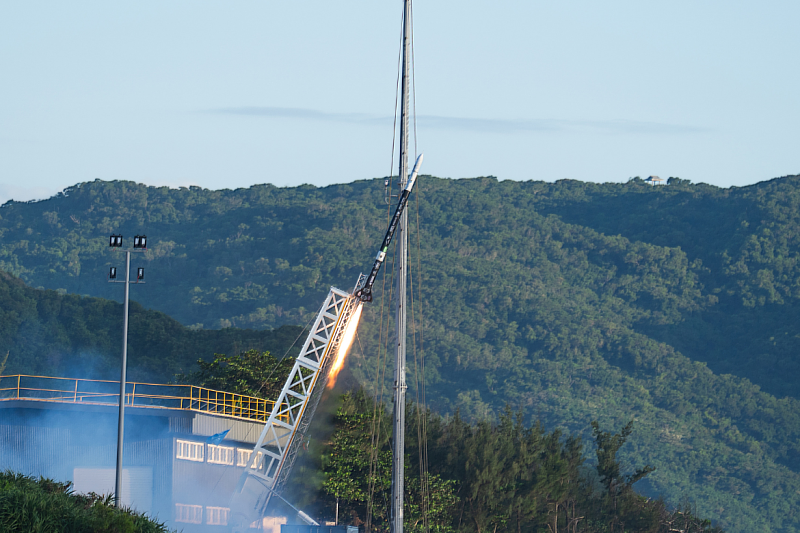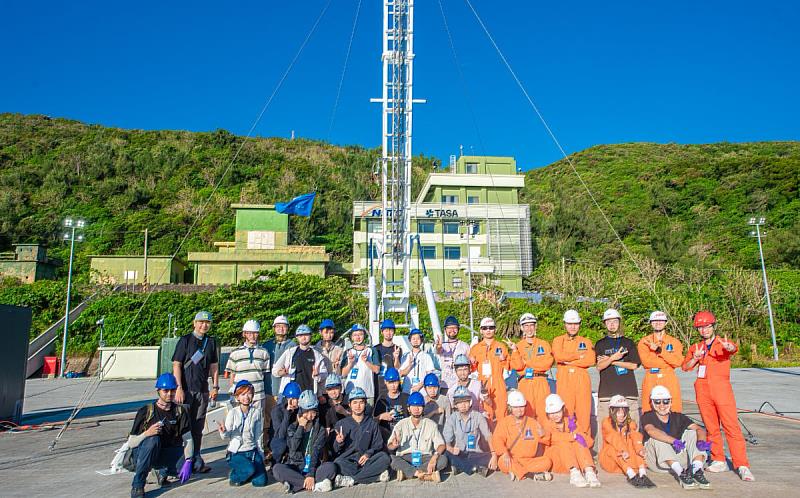NYCU Asfaloth-2025 Rocket Launched: First Integration of TASA’s MLP Marks a Milestone in Academic Space Research
(中央社訊息服務20251021 15:12:53)National Yang Ming Chiao Tung University (NYCU)’s Department of Mechanical Engineering (ME) and Institute of Space Systems Engineering (iSSE) successfully launched their scientific sounding rocket “Asfaloth-2025” at 6:32 a.m. on October 18 from the Xuhai Rocket Range in Pingtung County. The mission, known as Asfaloth Launch-2, marks the second flight test of the Asfaloth rocket series and the tenth scientific launch conducted at Xuhai since the facility’s inauguration in 2022. The project was carried out under the guidance of the National Science and Technology Council (NSTC) and the Taiwan Space Agency (TASA).

The Asfaloth-2025 mission brought together four NYCU teams:
。ASARe (Prof. Zu Puayen Tan) – overall structure and system integration
。MSCL (Prof. Tsung-Lin Chen) – avionics design
。ARRC (Prof. Shih-Sin Wei) – propulsion system
。ACES Lab (Prof. Chao-Hsiung Tseng) – communications design
TASA provided technical launch support and safety supervision.
According to Prof. Zu Puayen Tan, the rocket’s chief advisor, Asfaloth-2025 is a single-stage rocket, measuring 6.2 meters in length, 26.5 centimeters in diameter, and weighing 198 kilograms. It is powered by NYCU’s indigenously developed hybrid “Falcon-Serpent” engine, producing a maximum thrust of 940 kg and a burn time of 12 seconds, with a total impulse of about 68,000 N·s. The rocket achieved an altitude of approximately 2.8 kilometers during a 26-second flight.
ASARe noted that the mission’s key objectives included verifying simulation accuracy, testing the avionics and parachute deployment mechanisms, and validating the payload communication and data-downlink reliability.
To study in-flight dynamics, ACES Lab installed accelerometers at both the nose and mid-sections of the rocket to measure three-axis vibration. The data were transmitted to the scientific payload and relayed to the ground station. Prof. Chao-Hsiung Tseng, who led the payload development, explained that understanding vibration behavior is crucial because excessive resonance can jeopardize flight stability and structural integrity. To handle the large volume of vibration data, his team designed a custom hardware-software module capable of transmitting signals in four directions, paving the way for future modular payload architectures.

The Asfaloth-2025 mission also marked the first use of TASA’s Mobile Launch Platform (MLP), designed to meet academic and research rocket requirements. The MLP enables flexible launch-angle adjustments, reduces pre-launch setup time, enhances operational safety, and lowers mission costs—providing a shared, standardized solution for Taiwan’s academic rocketry teams.
In a creative outreach effort, NYCU collaborated with Kuroro Studio to host the first “Xuhai Space Creativity Coloring Contest” for local students from Xuhai Elementary School and Mudán Elementary School in Pingtung. Eight children’s artworks were printed on the rocket’s tail fins and launched skyward along with Asfaloth-2025, symbolizing how Taiwan’s space dreams begin on the ground—with imagination.
With the successful completion of this tenth mission, TASA affirmed that the Xuhai Rocket Range has become Taiwan’s primary scientific testing site, supporting academic teams nationwide. Previous missions include NYCU’s HTTP-3A S2, Asfaloth (Launch-1), SSTO, NCKU’s two-stage hybrid rocket, TKU’s “Tamkang I,” Jessie, Polaris, and FCU’s SHSR-Aero 1 and 2.

As Taiwan’s research community continues to refine sounding-rocket, payload, and launch-operation technologies, the accumulated experience is building a strong foundation for future small-launch-vehicle development, aerospace talent cultivation, and space education—fields where NYCU remains at the forefront.





